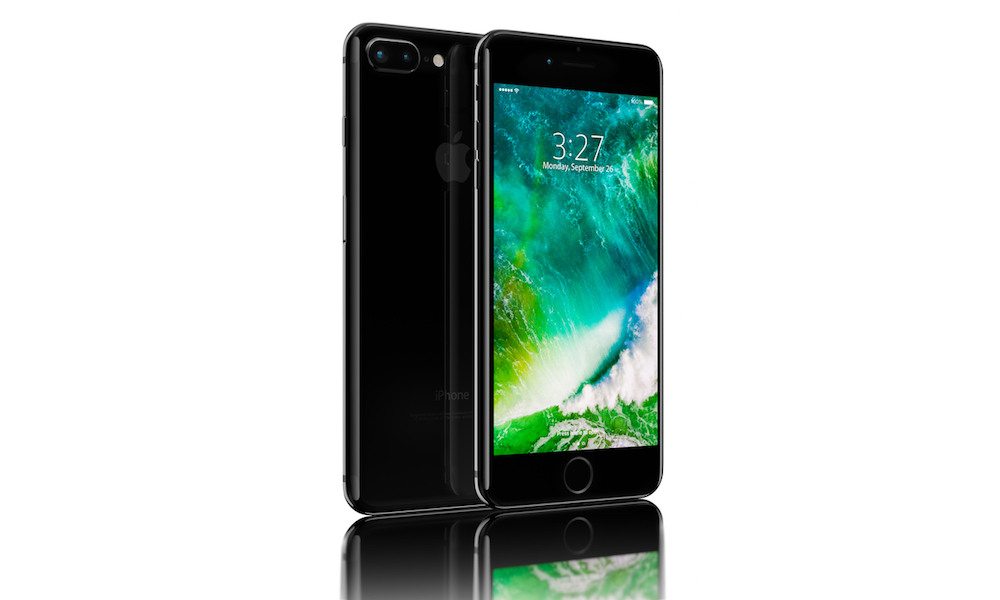Video: Apple’s 32 GB iPhone 7 Is Technically Slower Than Its 256 GB Counterpart

Toggle Dark Mode
As with many things in life — the bigger, the better, right? In some instances that mantra doesn’t hold true, however in this case, bigger certainly is better.
Let’s take a look at Apple’s new iPhone 7, for instance. As you know, each of Cupertino’s hottest new mobile devices is equipped with a NAND flash storage chip — ranging in capacity from as few as 32 GB, up 4x from there to 128 GB, while finally maxing out at a whopping 256 GB as an option on the 5.5-inch Plus model.
What many don’t know, however, is that these NAND chips — upon which we store our photos, movies, music, apps, and more — actually read and write our digital content at differing speeds, with the lower capacity iPhones doing so a whole lot slower, in theory, than their 256 GB siblings. So, in other words, turns out your new 32 GB iPhone 7 is not “as fast” (only in terms of reading and writing to the NAND flash chip, of course) than the same device that, for $200 more, would have given you a generous 800% more storage space.
However, in a video presentation recently uploaded to Unbox Therapy, Lewis Hilsenteger shows us, beyond question, how much faster the top-tier iPhone 7 actually is — a staggering eight times slower than the 256 GB model.
“In one of the benchmarks, the read storage performance of the 32GB iPhone 7 was a respectable 686MB/s vs. 856MB/s on the 256GB iPhone 7,” writes iPhoneHacks. “However, it was the low write speed of 42MB/s that is the cause of concern here. For comparison, the 256GB iPhone 7 was 8x times faster with a write speed of 341MB/s.”
Let’s be honest with ourselves here, though — whatever iPhone 7 variant you opt for, whether the standard or Plus size, you’re essentially getting the same, exact device — with either less or more storage space, depending on your choice. More important, however, you’re getting pretty much the best, most fluid and efficient smartphone money can buy right now.
It’s important to realize is that, in real world, day-to-day usage — such as when downloading apps or connecting your device to download content from iTunes, the average user more than likely won’t be able to notice these speed differences — even as insurmountable as they may appear on paper.
There doesn’t, in conclusion, appear to be a significant enough of an incentive to upgrade to the higher storage capacity, unless you just really, really need all those extra GB.
Are you upset that the 32 GB iPhone 7 reads and writes data a bit slower than its 256 GB counterpart? Let us know in the comments!






